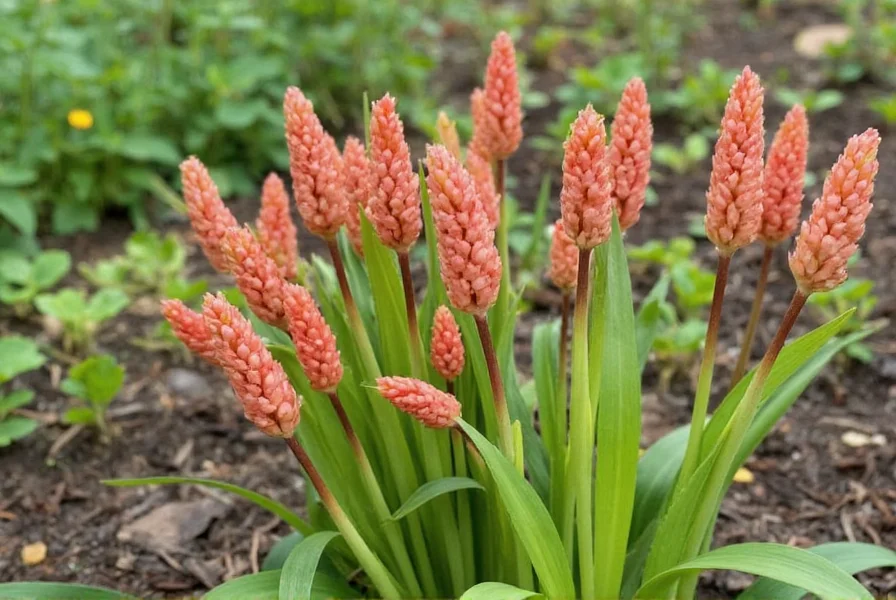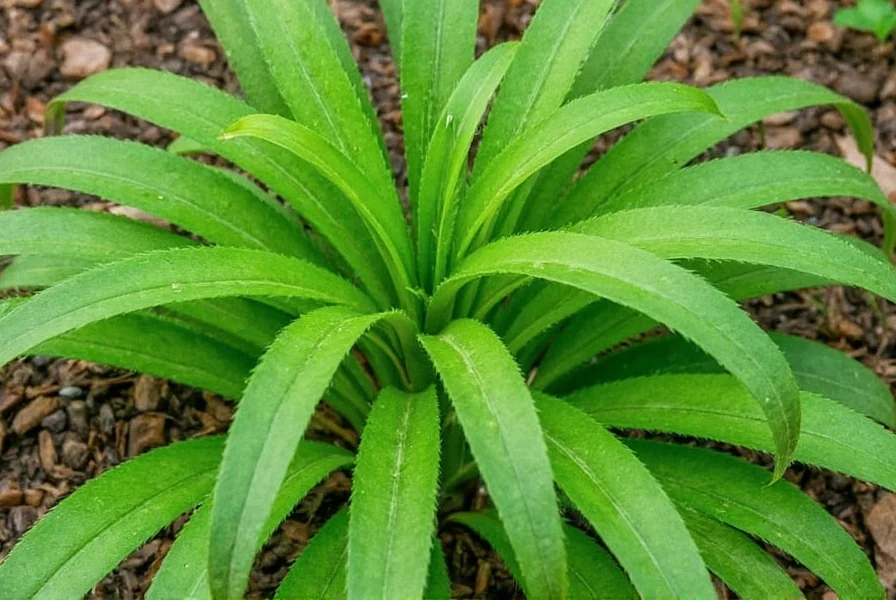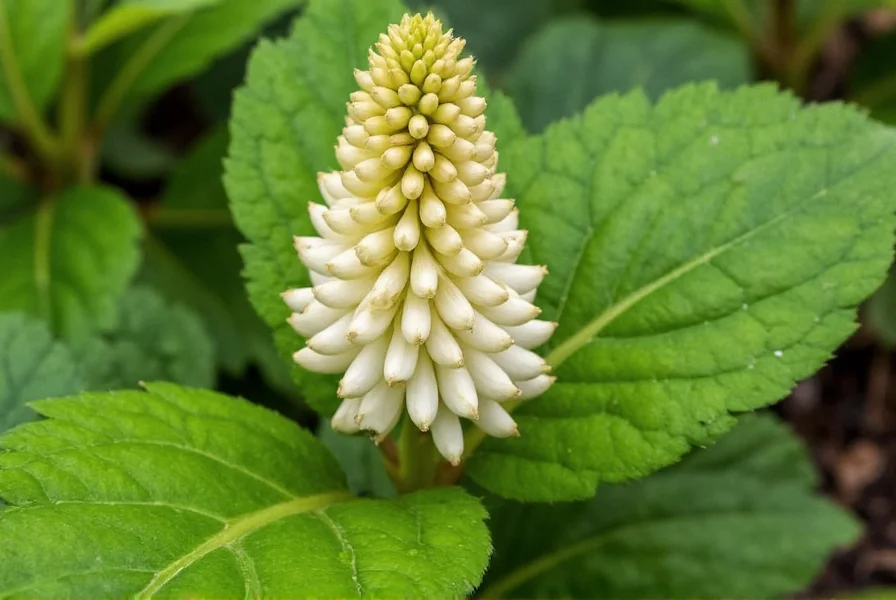Growing ginger in Anchorage presents unique challenges that require thoughtful adaptation of standard tropical plant care practices. While Anchorage's average annual temperature of 32.7°F (-0.2°C) and short growing season seem incompatible with ginger's tropical origins, dedicated gardeners have developed reliable methods for cultivating this valuable plant in Alaska's challenging climate.
Understanding Ginger's Natural Requirements
Ginger (Zingiber officinale) originates from Southeast Asia's humid tropical forests where temperatures consistently range between 70-90°F (21-32°C) year-round. This rhizome-producing plant requires:
- Consistent warmth (minimum 50°F/10°C to prevent dormancy)
- High humidity levels (at least 70%)
- Rich, well-draining soil with slightly acidic pH (5.5-6.5)
- Filtered sunlight or partial shade
- Regular moisture without waterlogging
These conditions starkly contrast with Anchorage's reality: only 97 days per year with average temperatures above 50°F, intense summer daylight (19 hours in June), and winter temperatures frequently dropping below 0°F (-18°C). Understanding these fundamental differences is crucial for successful ginger cultivation in Alaska.
| Ginger Requirement | Anchorage Condition | Adaptation Strategy |
|---|---|---|
| Year-round warmth (70-90°F) | Only 3 months above 50°F | Indoor container gardening with temperature control |
| High humidity (70%+) | Low winter humidity (20-30%) | Humidifiers, pebble trays, grouping plants |
| 10-12 month growing season | 97 frost-free days | Start indoors 8-10 weeks before last frost |
| Filtered sunlight | Midnight sun in summer | Shade cloth for outdoor summer cultivation |
Practical Strategies for Growing Ginger in Anchorage
Successful ginger cultivation in Anchorage requires a multi-season approach that leverages the city's unique environmental conditions while compensating for its limitations.
Indoor Container Gardening System
The most reliable method for growing ginger in Anchorage involves year-round container cultivation. Choose pots with adequate drainage (12-16 inches deep) filled with a tropical plant mix of:
- 60% potting soil
- 30% compost
- 10% perlite
Place containers near south-facing windows during winter months, supplementing with full-spectrum grow lights when daylight drops below 10 hours. Maintain consistent soil moisture using room-temperature water, avoiding both drought stress and waterlogging that causes rhizome rot.
Seasonal Outdoor Cultivation
Anchorage's summer provides a narrow but valuable window for outdoor ginger growth. Begin the process:
- Start rhizomes indoors in late March using the "eye up" planting method
- Acclimate plants gradually to outdoor conditions in late May
- Move containers outside permanently after last frost (typically mid-June)
- Provide 30-50% shade cloth during peak summer sunlight
- Bring plants back indoors by early September
This seasonal approach takes advantage of Anchorage's extended daylight hours during summer, which can accelerate ginger growth when combined with proper temperature management.

Overcoming Anchorage-Specific Challenges
Gardeners in Anchorage face several unique obstacles when cultivating ginger that require specialized solutions:
Managing Low Humidity
Anchorage's winter humidity often drops below 30%, far below ginger's preferred 70%+. Effective solutions include:
- Grouping plants to create microclimates
- Using pebble tray systems with water reservoirs
- Installing small humidifiers near plantings
- Misting plants early in the day (avoid evening to prevent fungal issues)
Addressing Limited Winter Sunlight
During Anchorage's short winter days (only 5.5 hours of daylight in December), supplemental lighting becomes essential. Use:
- Full-spectrum LED grow lights (20-30 watts per square foot)
- 12-14 hours of artificial light daily
- Light stands adjustable as plants grow
- Reflective surfaces to maximize light distribution
Step-by-Step Growing Calendar for Anchorage Gardeners
Follow this Anchorage-specific timeline for optimal ginger production:
| Month | Key Activities | Temperature Target |
|---|---|---|
| March | Start rhizomes indoors, pre-sprout in warm location | 75-85°F (24-29°C) |
| April-May | Gradual hardening off, monitor for new growth | 70-80°F (21-27°C) |
| June-August | Outdoor cultivation with partial shade, regular watering | 75-90°F (24-32°C) |
| September | Begin transitioning back indoors, reduce watering | 65-75°F (18-24°C) |
| October-February | Indoor maintenance, supplemental lighting, humidity control | 60-75°F (15-24°C) |
Harvesting and Storage Techniques for Alaskan Growers
Ginger typically reaches harvest readiness 8-10 months after planting. In Anchorage's climate, most growers harvest between January and March of the following year. Look for these maturity indicators:
- Yellowing and dying back of foliage
- Thickened rhizome segments
- Approximately 10 months since planting
When harvesting ginger in Anchorage, carefully remove the entire plant from its container, wash rhizomes gently, and allow them to air dry for 24 hours before storage. Store harvested ginger in a cool, dark place (50-60°F/10-15°C) with moderate humidity for up to three weeks, or freeze for longer storage.

Alternative Options for Anchorage Residents
For gardeners who find ginger cultivation challenging, several alternatives exist:
- Join Anchorage's urban gardening networks for shared growing spaces with controlled environments
- Visit local farmers markets during summer for fresh, locally grown ginger from greenhouse operations
- Consider hardier rhizome plants better suited to Anchorage's climate, such as turmeric (which has slightly better cold tolerance)
- Participate in community greenhouse initiatives that maintain tropical plant sections
Frequently Asked Questions
Can ginger survive Anchorage's winter outdoors?
No, ginger cannot survive Anchorage's winter outdoors. The plant enters dormancy below 50°F (10°C) and suffers permanent damage below 32°F (0°C). Anchorage's winter temperatures regularly drop below 0°F (-18°C), making outdoor overwintering impossible without specialized greenhouse heating systems.
How long does it take to grow ginger in Anchorage?
In Anchorage's climate, ginger typically requires 8-10 months to reach harvest size when grown indoors year-round. Gardeners using seasonal outdoor cultivation during summer may extend this to 10-12 months due to the slower initial growth indoors before the summer growing season.
What's the best ginger variety for Anchorage gardeners?
Yellow ginger (common grocery store variety) performs best for Anchorage growers due to its adaptability. Some gardeners report success with Hawaiian red ginger, though it requires slightly more warmth. Avoid wild ginger varieties as they're not true ginger and don't produce the same culinary rhizomes.
Can I grow ginger from grocery store rhizomes in Anchorage?
Yes, you can grow ginger from grocery store rhizomes in Anchorage, but select organic rhizomes as non-organic varieties are often treated with growth inhibitors. Choose plump rhizomes with multiple eyes, soak for 24 hours before planting, and start the process indoors in late winter for best results in Anchorage's climate.
How much ginger can I expect to harvest in Anchorage?
Anchorage gardeners typically harvest 0.5-1 pound of ginger per container after 8-10 months of growth. Yields are generally lower than tropical regions due to the constrained growing season and artificial environment, but careful attention to temperature, humidity, and light can maximize production within Anchorage's limitations.











 浙公网安备
33010002000092号
浙公网安备
33010002000092号 浙B2-20120091-4
浙B2-20120091-4